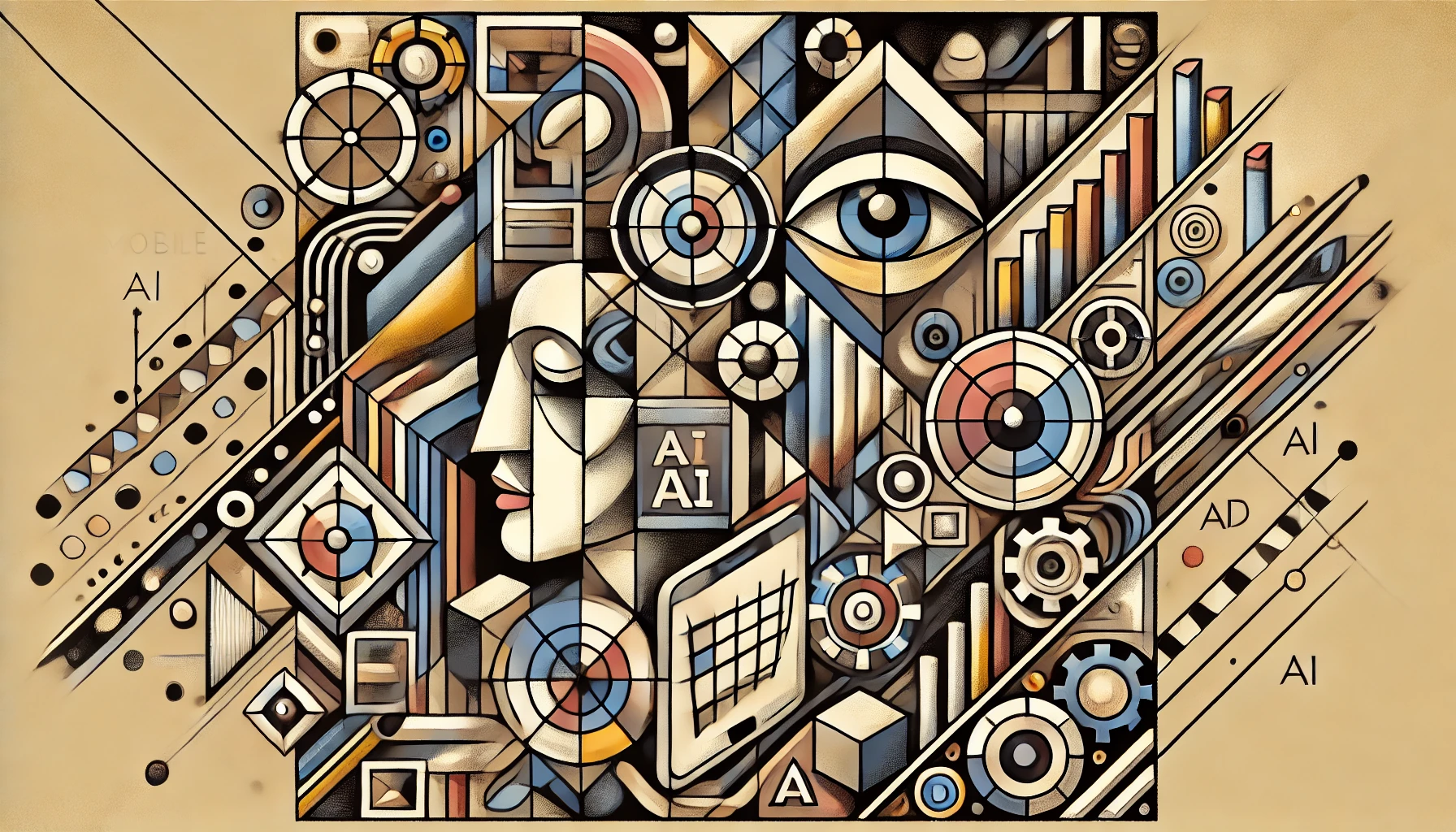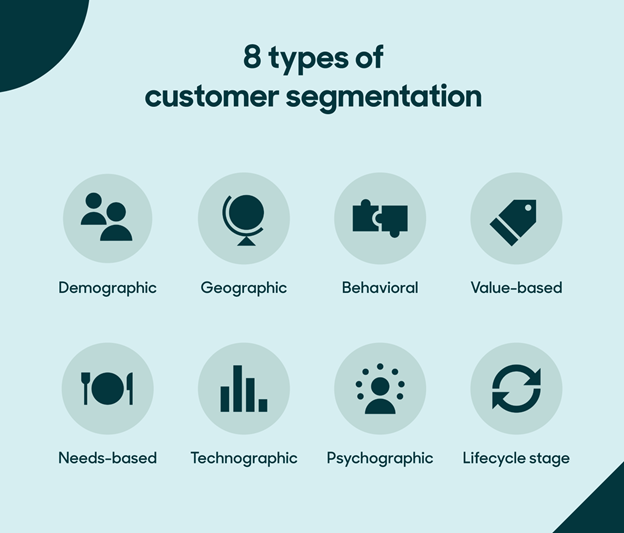The advent of generative AI tools like Google’s Bard (now Gemini), DALL-E, and OpenAI’s ChatGPT has supercharged countless brands and businesses across various sectors, particularly within the web and mobile app development sectors. Underscoring this impact, McKinsey’s estimates suggest that generative AI tools could potentially increase corporate profits by up to US$4.4 trillion (per year).
Wondering why? The anticipated surge is driven by enhanced user experiences from customer service interactions, dynamic content creation, and improved sales and marketing performance, all resulting from this integration.
Let’s explore how generative AI in web design and mobile app development makes this happen and transforms the overall user experience.
How Generative AI Tools Reshape Web and Mobile App Experiences
The impact of generative AI on UX stems from numerous applications like better accessibility, personalized interfaces, and enhanced customer interactions. Let’s explore some of them in detail:
Personalizing User Experiences
One of the most prominent generative AI use cases is personalizing user experiences. By analyzing user demographics, browsing history, past purchases, location data, and interaction patterns; these tools develop an understanding of unique user personas and preferences. With this knowledge, generative AI tools tailor experiences by adjusting content delivery, product recommendations, and other UI/UX design elements.
| Netflix’s Personalized Recommendations For instance, Netflix, a popular movie streaming app, personalizes user experience through its recommendation engine. This engine analyzes each user’s viewing history, ratings, and interactions with content, allowing it to recommend movies, TV shows, or genres tailored to individual tastes. The system continuously learns and adapts, ensuring that users discover content they are more likely to enjoy. |
Moreover, as per Netflix research, “Personalization starts on the homepage and extends beyond our product. This includes personalized messaging and app notifications to keep members informed and engaged.”
Replacing Clunky Interactions with Intelligent Conversations
Generative AI, particularly through AI-powered chatbots with natural language processing (NLP) capabilities, is doing wonders in replacing static bot interactions with contextual, dynamic conversations. These chatbots can understand and respond to complex user queries in real time and with human-like accuracy. Being trained on diverse datasets enriched with misspellings, synonyms, and multiple versions of a particular query, these fault-tolerant bots offer contextually relevant guidance around the clock. However, to ensure integrity and relevance in the responses, you must hire web developers familiar with prompt engineering and model training.
| Intelligent Conversations with Erica Consider Bank of America’s Erica, an NLP-powered chatbot that helps users with personalized financial advice, real-time transaction updates, and other basic tasks (paying bills, tracking spending, etc). Such bots exemplify how AI-powered chatbots are poised to become a primary customer service channel (25%) by 2027. |
Enhancing Accessibility and Inclusivity for All
Another impactful generative AI use case is enhancing accessibility and inclusivity in digital experiences across mobile devices and web applications. By going through and automatically generating captions for videos, it ensures that users with varying hearing capabilities can also follow through with the content. Similarly, these tools can also create audio descriptions for visual content, offering detailed descriptions of on-screen actions for visually impaired users. It doesn’t end here, more advanced generative AI tools can analyze the surroundings and then guide the user.
| Beyond Visuals with the Seeing AI App Microsoft’s AI-powered Seeing AI app is an excellent example. It narrates the surroundings, describing people and objects in near real-time. This creates an accessible and inclusive user experience, allowing all users to navigate alike. |
Generating Hyper-Personalized Product Visualizations
Another impressive application is generative AI integration with online shopping applications/platforms for hyper-personalized product renderings. Using these tools and just a few text/voice-based prompts, companies can prototype visual concepts, use context-aware features to fill selected portions with relevant content, and generate lifelike product renderings & 3D visualizations to showcase their items from multiple angles.
| 3D Product Rendering with Nike By You For example, Nike, the sportswear giant, personalizes shoe designs based on user feedback. Besides this, the brand has also created a dedicated platform – Nike By You, where even customers can create their own shoe designs with unique colors, patterns, and materials. Using generative AI tools, the platform then produces realistic visuals of the designs. |
Ethical Implications of AI-Driven User Experiences
Despite the positive impact of generative AI on UI/UX designs, it is accompanied by notable ethical implications. One of the major concerns is user privacy. Personalized experiences require AI systems to collect and analyze large volumes of user data, making it imperative for companies to maintain transparency in their data handling practices.
Another issue is algorithmic bias, where AI systems might unintentionally favor certain users over others. More often than not, such biases result from skewed data, having historical inequalities and inefficiencies, used to train the AI.
Additionally, the rise of generative AI in UX design has created ambiguity within developer and designer communities, who fear AI might replace them. However, this is highly unlikely. While AI adoption is increasing, its inability to understand nuanced contexts implies human oversight will always be essential.
The Road Ahead
As generative AI integration continues to impact user experiences, there’s a lot to look forward to. Soon, we might see a single tool that encompasses both UX research as well as design. Currently, when you opt for mobile or web development services, UX designers often juggle between multiple AI tools to complete mobile and web development projects.
With advancing generative AI tools, the potential seems limitless. However, there’s also a need to be cautious when using them to get realistic results. How realistic do we need these outputs to be? This question underscores the importance of considering the ethical implications of this technology. Here, balancing UX automation with human-centric design principles becomes crucial. The nuanced understanding and emotional intelligence of human designers can ensure fairness and help address the ethical implications associated with the impact of generative AI on UI and UX.
![]() Give feedback about this article
Give feedback about this article
Were sorry to hear about that, give us a chance to improve.








